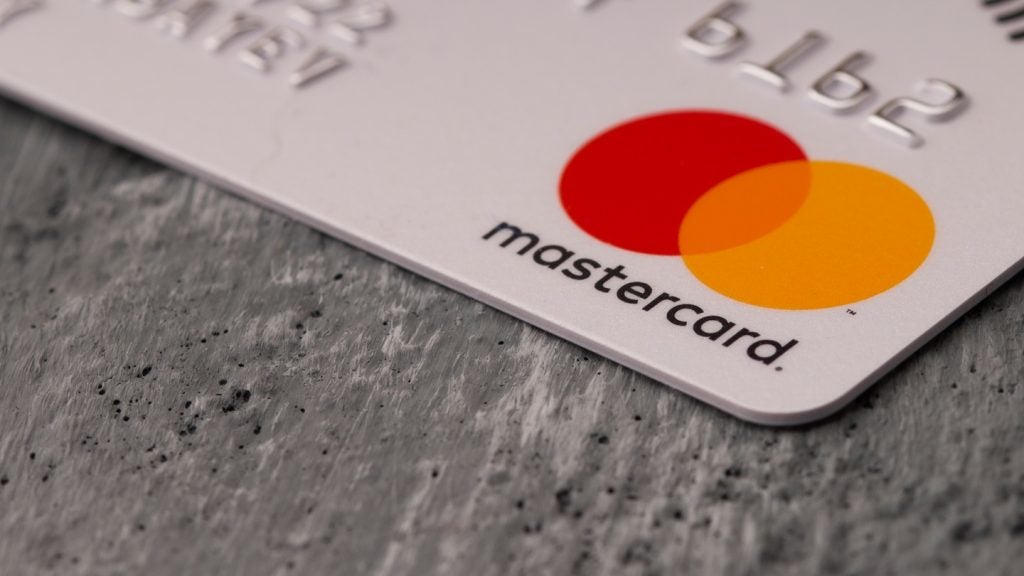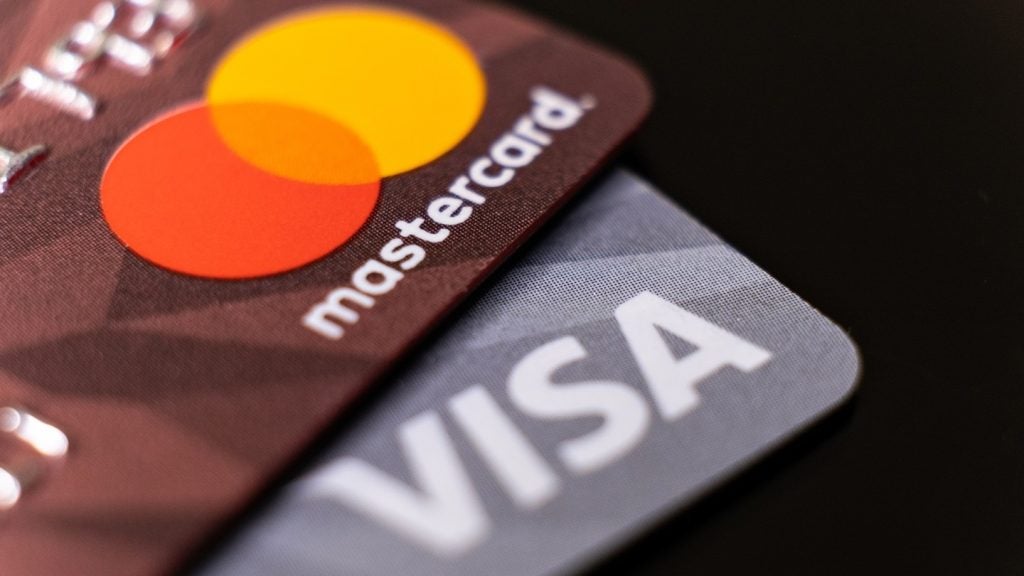costs
The US health care sector is on the brink of adopting electronic
payments as the primary form of payment, predicts a major
technology provider to health care players. This will result in
greater convenience for all and lead to improved efficiency that
will help counter spiralling health care costs. Charles
Davis reports.

Access deeper industry intelligence
Experience unmatched clarity with a single platform that combines unique data, AI, and human expertise.
Health care payments in the US will increasingly move from cheques
and cash to a variety of electronic payments, and will supplant
cheques as the main form of consumer-directed payer-to-provider
payments by 2009, according to a report by payment technology
developer Metavante Technologies.
Metavante estimates electronic payments will account for 60 percent
of the health care payments market by 2009, up from 46 percent
today, as the industry nears the revolutionary turning point in
which the payments industry can offer end-to-end services
encompassing check-in, eligibility and payment.
The report was based on a survey of 200 health care providers and
insurers conducted in conjunction with consultancy Celent. The
survey found that 79 percent of health care providers can receive
payments and information electronically, while 93 percent expect to
receive electronic payments by 2009.
Metavante said that the growing acceptance rate of credit and debit
card payments will be accompanied by a rise in use of the automated
clearing house (ACH) system by insurers and health care providers,
as electronic payments will transition from minority to majority
status in the next two years.

US Tariffs are shifting - will you react or anticipate?
Don’t let policy changes catch you off guard. Stay proactive with real-time data and expert analysis.
By GlobalDataChasing cost reductions
The study found that despite impressive growth in electronic
payments, much room for process improvement remains as insurers and
providers home in on significant cost reductions made possible by
paperless claims processing and payments. Payers will also focus on
electronification of remittances for direct posting to providers’
patient management system, the study said. The greatest growth
overall will be seen in consumer-directed health care initiatives
driving electronic payments through use of benefit debit cards, a
trend already very much under way.
“How to wring inefficiencies out of the health care system has
become a national fixation. Improving the revenue cycle, including
the remittance and payment process, is an area in which the banking
and payments community will be active, lowering costs through
payment processing automation,” said Alenka Grealish, MD, Celent
banking group, in a release announcing the study results. “By
focusing on facilitating electronic payments and the reassociation
of payments and remittance data, the banking and payments community
will play an integral role in bringing health care payers and
providers into the paperless age.”
Metavante forecasts that, as payers increase their use of ACH, they
will deliver e-remittances in greater numbers. Over the next two
years, payers are expected to increasingly send e-remittances and
e-payments. As a result, providers anticipate investing in
e-payment technologies to ensure they have the ability to
automatically process electronic remittance advices for direct
posting to their patient management systems. According to
Metavante, providers will make these investments with the goal of
moving toward a straight-through processing environment. At the
same time, however, providers recognise that they will continue to
handle a lot of cheques, and hence will look to remote deposit
capture to realise processing efficiency gains in the paper
world.
New online portal
Seeking a greater share of the health care processing market,
Metavante recently launched Healthcare Gateway, a single online
portal through which most eligibility inquiries, claims submissions
and status checks, and payments activities can flow and be
monitored electronically on demand.
Health plans that are Metavante clients report that, with
traditional eligibility systems in place, 60 percent of incoming
calls are from providers seeking eligibility information and
verification. Another 25 percent of calls are related to claim
status inquiries from providers. These tasks, including initiating
paper cheque payments and paying for postage, have traditionally
been inefficient and expensive ones for payers and providers.
Metavante said that Healthcare Gateway marries health care
information and payments to facilitate more efficient
provider-to-payer communication processes that ultimately can
improve payer-provider relationships and increase health plan
member satisfaction with both groups. Key functionality includes
real-time eligibility verification, electronic claim submission to
health plans, claim and payment status monitoring through an online
interface, electronic remittance advice with post-adjudicated
claims payments processing, explanation of benefits distribution,
plus acquiring and processing of Metavante benefits card
payments.
Interchange breakthrough
While submitting claims electronically isn’t a new concept,
Metavante’s ability to link real-time eligibility information with
claims submissions and to reassociate post-adjudicated claims
payments through a single online gateway represents a breakthrough
for health care data and payment interchange.
“Existing practice management solutions have been limited in
electronic claims submissions capabilities and account
reconciliation functionality. These tools have moved slowly to
develop efficient electronic claims and eligibility connections
between payers and providers, and many have priced small and
mid-size providers out of the market,” said John Reynolds,
president of Metavante Healthcare Payment Solutions, in a release.
“Health care electronic data and payment interchange adoption can
only increase across the industry when eligibility, claims, payment
activities and related tools are all available as a suite. Tools
that work together, like those coming together to create Healthcare
Gateway, can finally entice providers and payers to move beyond
paper-based legacy systems.”
Metavante also has re-engineered its health savings account portal,
enabling integrated health savings account (HSA) management for
deposit and investment accounts, and enabling access to accounts
for trading of mutual funds and shares.
Consumers can also find links to prescription medicines, health
care and hospital pricing, and quality comparison information in
the portal library. All functionality flows through the portal,
from initial interest in an HSA, to enrolment, learning more about
using the account, and accessing detailed account and funds
management tools.






